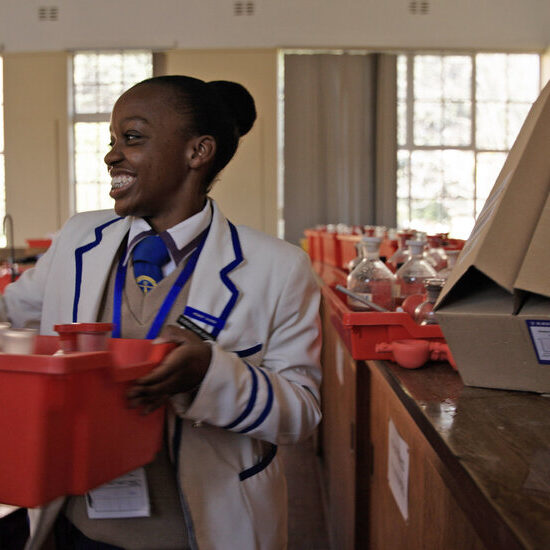
Ibn Battuta once said, “Traveling – it leaves you speechless, then turns you into a storyteller.” This is true for the average traveler, as much as it’s true for the novice filmmaker.
When traveling to shoot a film, whether it’s a documentary or otherwise, you’ll experience other cultures, broaden your perspective of the world and (hopefully) get some good footage.
Before you embark on your journey, there are some things you should keep in mind as a filmmaker. Use this guide for six tips on shooting a documentary while traveling.
1. Research Beforehand
Before packing your bags, it’s essential to conduct research. Use travel blogs and vlogs to get started on your trip planning. Research is beneficial if you’re traveling internationally and unfamiliar with the culture.
When researching, find out what the focal points of the culture are. How prominent is religion in the area? What local foods is the area known for?
It’s also helpful to research laws on transporting equipment. You may pack lightly with just a camera or your setup could be complex, depending on the type of documentary you’re shooting.
Regardless, you should search each country’s laws for customs. It’s wise to get your equipment precleared so you don’t get stuck at the various checkpoints.
2. Find Locals for Help
At your destination, find locals willing to be your guide for the trip. These friendly faces are critical for success, whether you’re shooting a film or any other activity. Lifelong residents know the area better than most blogs can tell you.
They’ll give you the best insight into the culture, customs, foods and more. Traveling with a local means they can solve the language barrier and act as a translator if you want to interview somebody.
Find someone in the area who is also a filmmaker or find a business that will rent you filmmaking equipment. These sources will be beneficial because they can give you an inside scoop on the best places to shoot and tips for filming in the area. Local support in your planning will create a better product in the end.
3. Be Respectful of the Culture
When traveling, remember you are a guest in someone else’s land. It’s essential to be respectful in every facet of your trip. You have a job to do in producing your film, but you should still be considerate of the culture and respect the customs.
For example, show courtesy and ask permission before filming someone or their property. Another benefit of having a guide is they can talk to locals with you and explain why you want to film.
Being mindful of the culture is essential, so you’ll want to research ahead to ensure you’re not interfering with customs or laws. For example, drones have become a terrific piece of filming equipment.
However, you’re not allowed to use them in countries like Bahrain, India, Belarus and more unless you get special permission. Historic landmarks like the Taj Mahal ban drone use inside and outside the building.
4. Pack the Essentials
Another factor you’ll need to consider is what you pack. Chances are you’ll be hauling your belongings around everywhere, so you’ll need to pack smartly and bring the essentials. But you don’t want to overload your backpack and wear yourself out physically with a heavy load.
First, think about carrying food. You may forget to eat when you’re focused on filming, so bring ready-to-eat protein sources like granola and trail mix.
Then plan to pack your film equipment. First, find a camera that’s practical for filming while traveling. Today’s market provides video cameras that are waterproof, lightweight and compact, and capture excellent footage.
Then you’ll want to bring various size lenses for different shots. Find some room for extra batteries and moisture protection — cold climates drain your batteries and humid weather can put unwanted moisture on your equipment.
5. Experiment With Shooting Techniques
You may only get a few chances to film in international locations, so experiment with different shooting techniques to get the most out of your experience. For example, you could utilize camera movements like tracking.
Use variety in your filming to capture the audience’s attention and give them a worthwhile experience while watching your film. You may need a stabilizer for tracking, but you can also try panning and handheld movements.
Variety is the spice of life — you should keep that in mind when determining what you shoot. Find times to capture both A and B-roll in your filming times. It’s good to give yourself options. When editing, you can choose from shots of the city, rainforests, nightlife and areas off the beaten path.
6. Immerse Yourself
Filmmakers have a job to do when traveling, but it’s also important to immerse yourself in the culture and soak in every minute of traveling. These opportunities may only come once in a lifetime, so lose yourself in the moment. Spend extra time around locals or bring a travel journal to capture what it’s like to live in the area.
Find time in your itinerary to do things for fun on the trip. Bring your equipment if you find an opportunity to shoot, but take time to enjoy cruising on the Seine, trekking up Mount Vesuvius or sunbathing on the beaches of Langkawi.
You might not realize it, but these moments can help you understand the land better and create a better documentary.
Filming in Different Lands
International travel is a unique adventure, especially for young filmmakers. Experiencing other lands makes you a more well-rounded person and the shots you take can produce some amazing scenes for your documentary. Before traveling, take advantage of these six tips.














